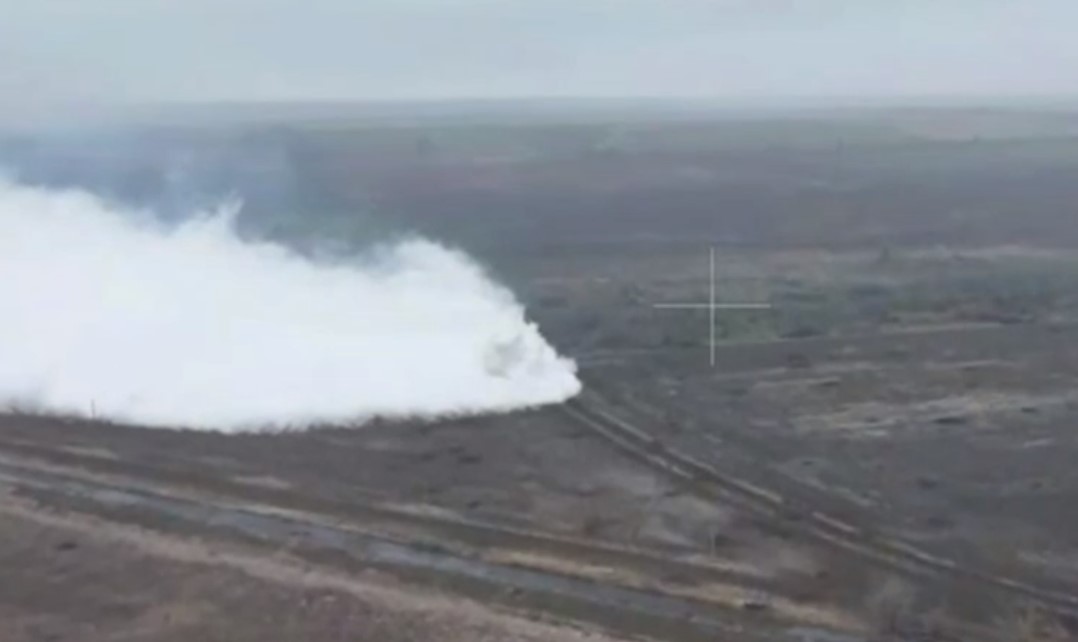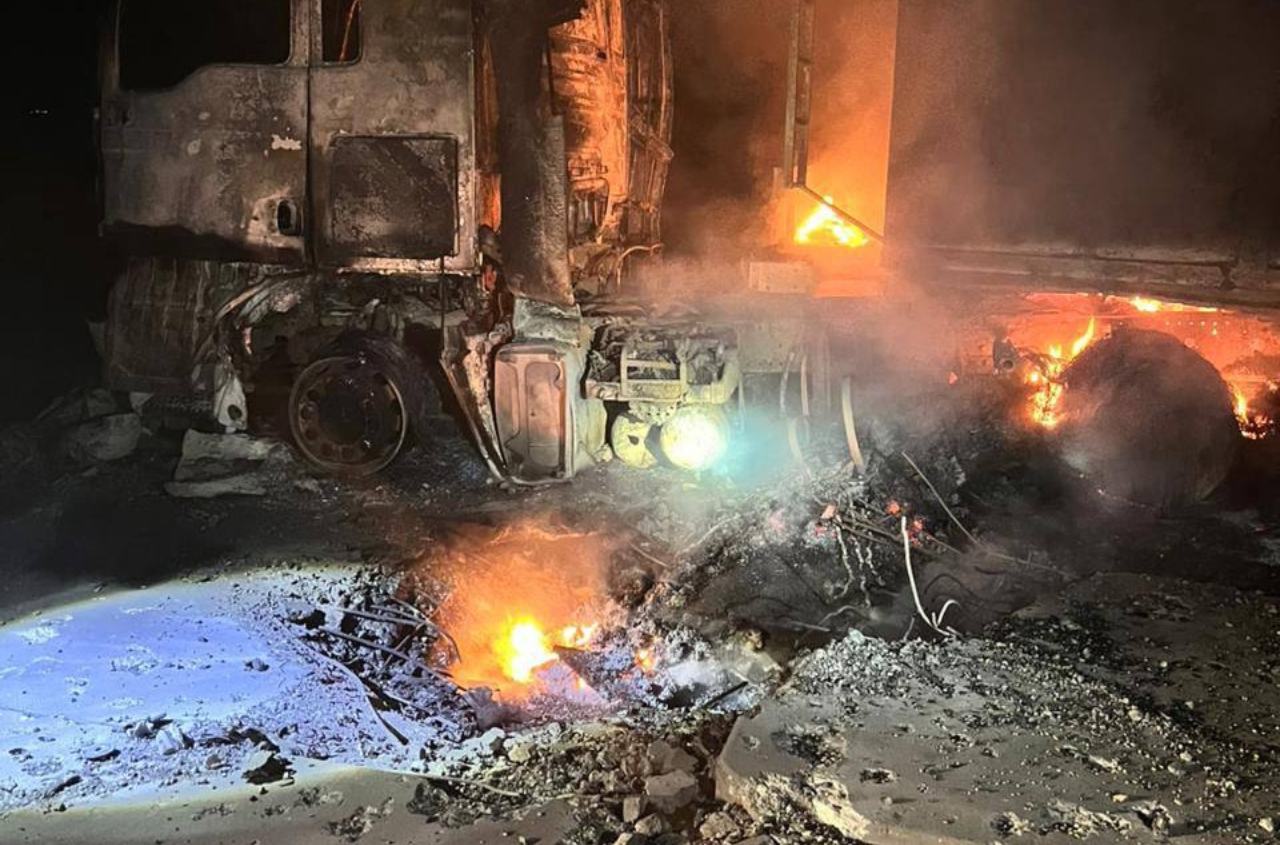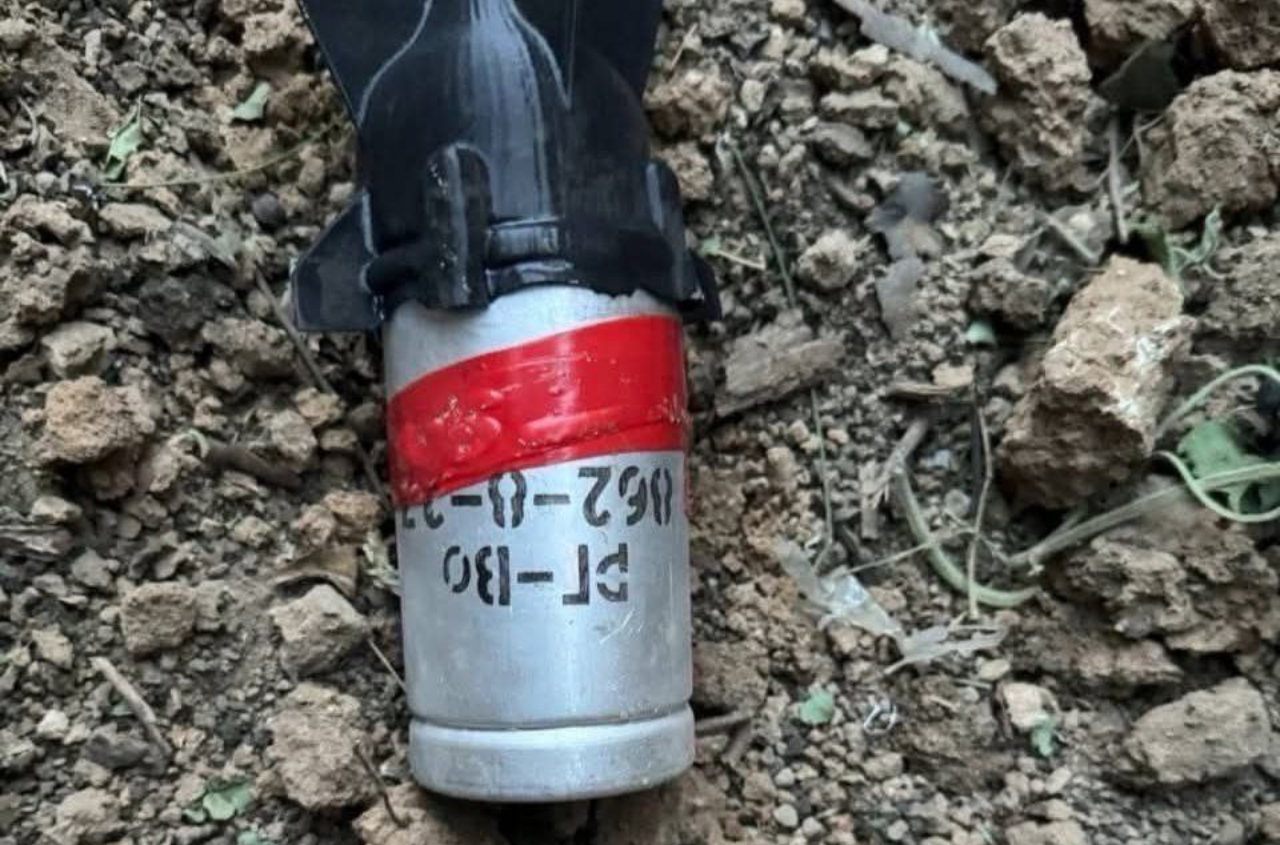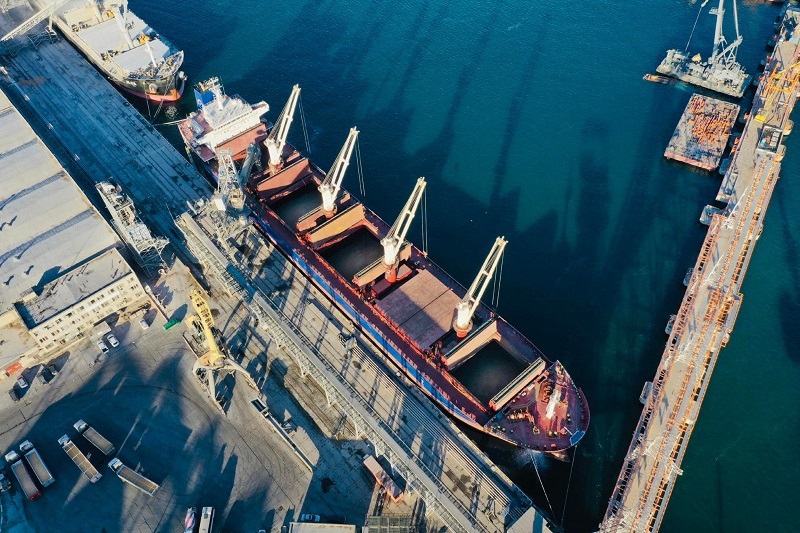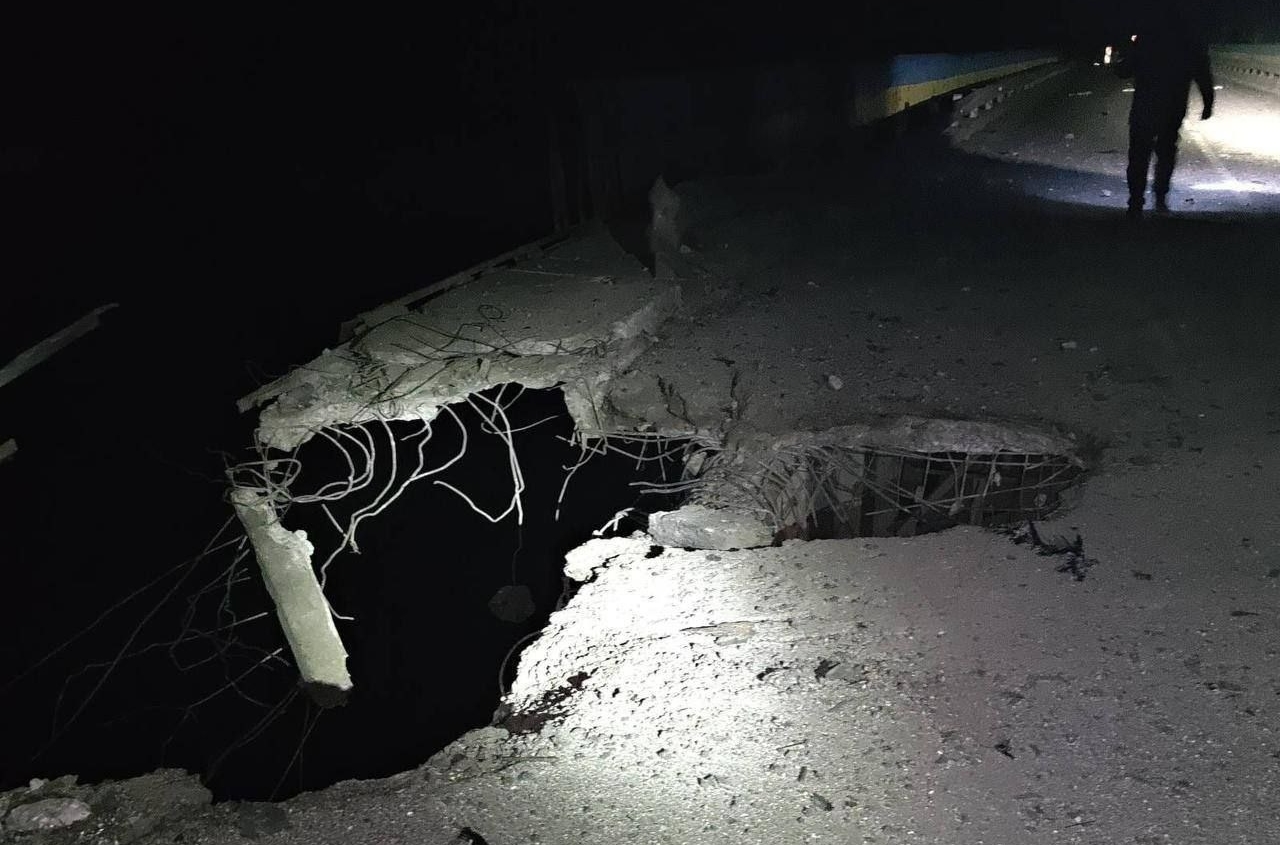In Donetsk region, the Odessa–Tolyatti ammonia pipeline was damaged as a result of Russian artillery shelling.
This was reported by the Command of the Support Forces of the Armed Forces of Ukraine.
“At around 11:00 a.m. on October 9, 2025, preliminary information indicates that equipment of the satellite sectioning station on the linear part of the Odessa–Tolyatti main ammonia pipeline was damaged due to artillery fire by Russian occupiers,” the statement reads.
It is noted that since the suspension of liquid ammonia transportation in 2014, only a small amount of technical ammonia remains in the damaged section of the pipeline.
As of October 10, according to the Ukrainian Defense Forces units operating in the area, there has been no detected deterioration in air quality or ammonia odor. Due to the impossibility of preliminary inspection of the damaged site — which lies on the line of active combat — data collection is being carried out by radiation, chemical, and biological reconnaissance units using UAV monitoring.
“Given the repeated cases of damage to the ammonia pipeline, commanders at all levels are implementing effective protective measures for personnel operating under conditions of potential chemical contamination. The current situation will not significantly affect the performance of the tasks of the Defense Forces of Ukraine,” the Support Forces Command noted.
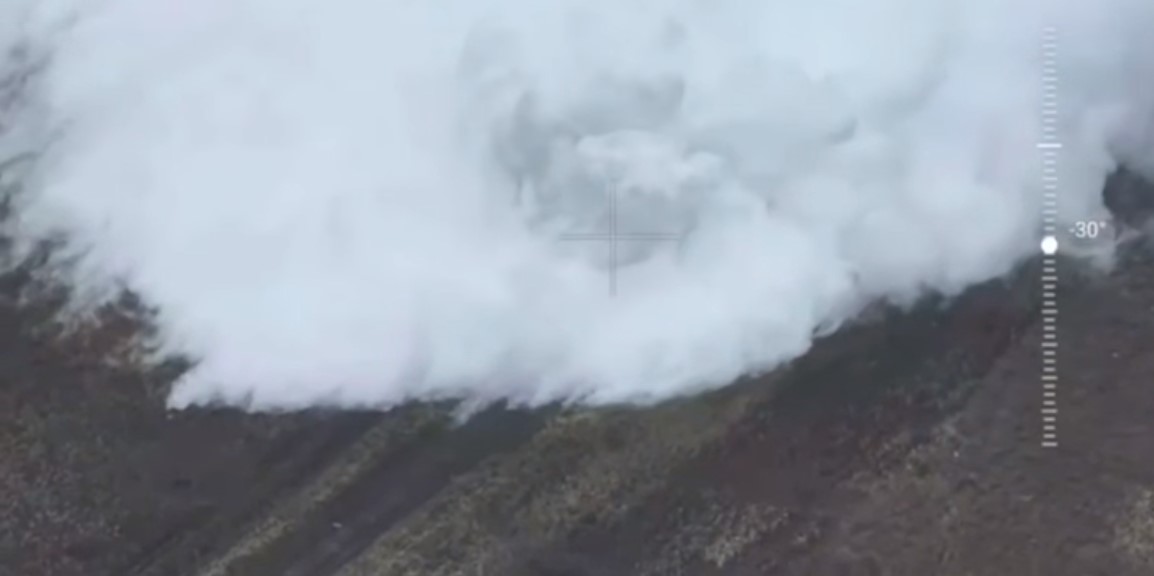
Damage to the Tolyatti–Odessa ammonia pipeline near the villages of Rusyn Yar and Yablunivka in Donetsk region poses no threat to human life, as this section has not been used for more than ten years, said Yevhen Khlobystov, an environmental expert and professor at the Kyiv-Mohyla Academy.
“The ammonia residues dissolve very quickly in the air — ammonia is a very light gas. This pipeline no longer transports ammonia directly; there are only traces left from many years ago. They will dissipate into the air — people may briefly notice a slight unpleasant odor, but that would occur only at the moment of the leak. The farther from the rupture site, the lower the ammonia concentration,” the professor explained.
According to Khlobystov, under certain weather conditions the gas could contaminate the upper soil layer, but the exact environmental impact can be assessed only after inspection. The contamination, if any, is likely limited to several dozen meters around the damaged area. However, reaching the site is currently impossible, as the territory remains temporarily occupied.









